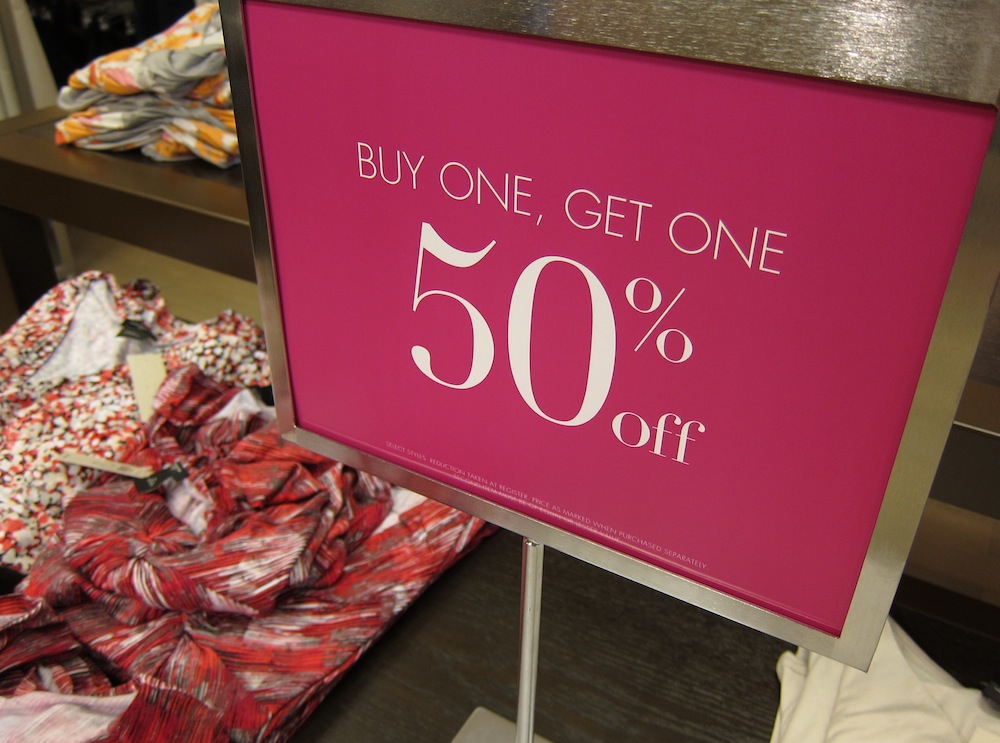Online retail and payment giants Ebay and PayPal hosted a media lunch in Sydney yesterday to publicise their Australian Business Update.
While eBay dominates the online selling market, PayPal’s position in the payment market place is extremely powerful with Internet monitoring company Comscore reporting in their Digital Wallet Roadmap how PayPal dominates the US market and does likewise in other markets like Australia.

Their update confirms the trends which have been obvious for some time, particularly in how mobile devices are now driving retail. eBay’s research indicates properly implemented multichannel strategies drives six times more sales than just having an online presence.
What was particularly notable with eBay’s presentation was how the Internet of Machines is changing the retail and logistics industries as smartphones and connected point of sales systems are cutting out jobs and middle men.
Paypal are particularly proud of their US partnership with cash register manufacturer NCR that integrates smartphone payments with the point of sales systems in restaurants, convenience stores and gas stations.
eBay illustrated this with their examples of coupon offers being tied to smartphone payment systems so people paying for gas with their smartphone get a voucher offer for various up sells.
Studies in the US have found a $10 offer can result in sales of up to $100. A pretty compelling deal for most merchants.
With these technologies, we’re seeing how connected machines are changing even the most mundane business tasks.
It may well be that the days of the service station cashier are numbered; it’s quite possible that in one generation we’ll have gone from full staffed gas stations to totally automated facilities.
The example of gas station attendants and cashiers is just one example of how automation is changing many retail and sales tasks. It would be a brave person to say their job isn’t safe.




